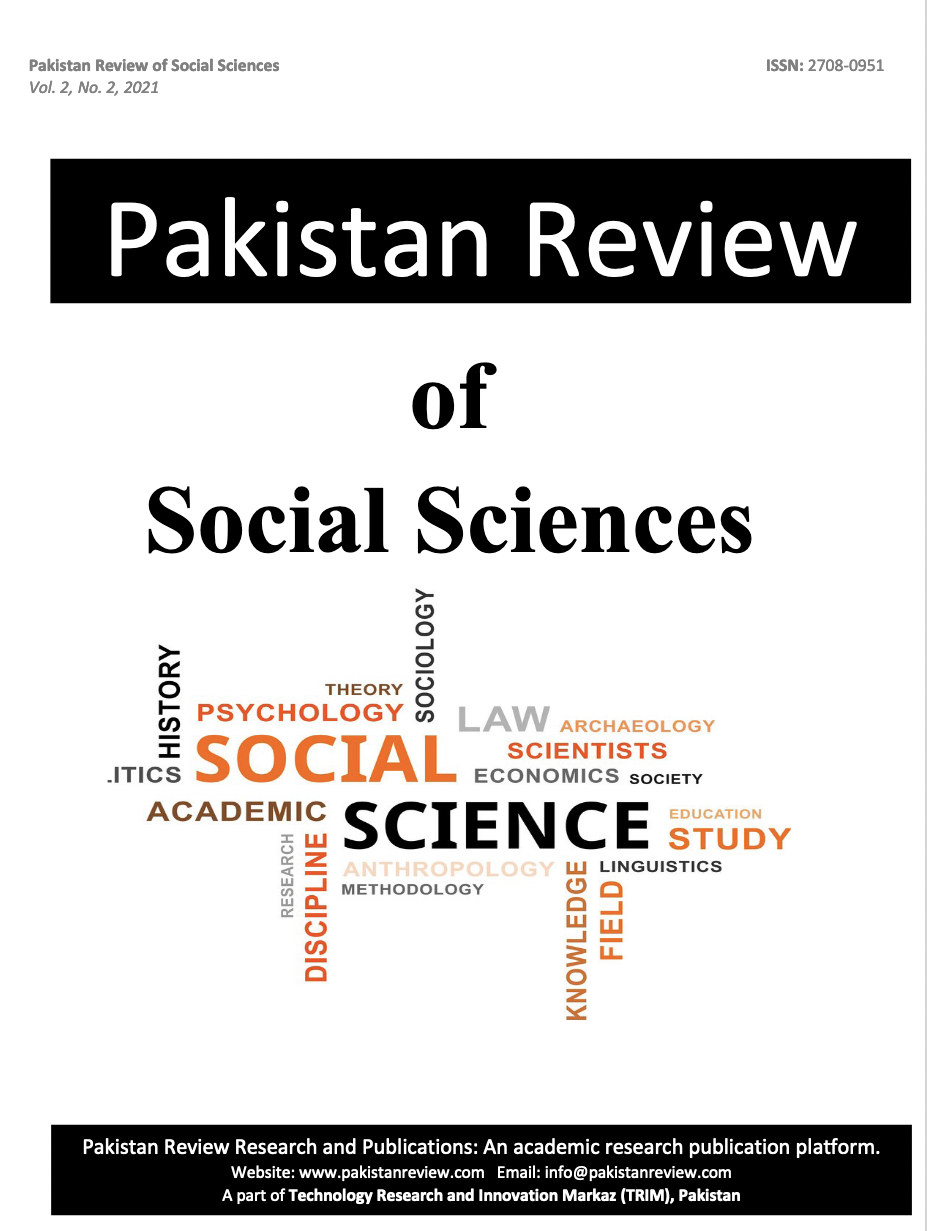The Effect of using social media networks on the academic achievement of student in tripoli city
Keywords:
Keywords: Tripoli, Libya, Social Media, Students Performance, HousewivesAbstract
This study is conducted to examine the effect of using social media networks on the academic achievement of students in Tripoli city from the view of housewives. It was also to Identifying the positive and negative effects of using social media networks on students' academic achievement, Identifying the main reasons why students using social media networks, and Identifying the most common hours that students use social media networks and try to link them to the nature of use. The study used the descriptive approach and employed the questionnaires to collect the data from 223 housewives in Tripoli city. The researcher used the data analysis software SPSS v.22 for the purpose of coding and analyzing the primary data. Results have shown that using social media from the students can be of a positive and effective impact on academic performance if it was used under the control of housewives. So that network users are not able to access them, and the necessity of rationalization, and the moderate use of the Internet by children and youth in order to achieve specific and clear objectives.
Downloads
Published
Issue
Section
License
Copyright (c) 2022 Ayman Shuayb, Omar Salem Seed Gebreel

This work is licensed under a Creative Commons Attribution 4.0 International License.
Submission declaration
Authors retain the copyright to their work and grant the Pakistan Review of Social Sciences (PRSS) the right of first publication under a Creative Commons Attribution 4.0 International (CC BY 4.0) license. This license allows others to share, adapt, and reuse the work for any purpose, including commercial use, as long as appropriate credit is given to the original authors and the journal.
By submitting a manuscript, authors confirm that the work has not been published previously (except as an abstract, lecture, or academic thesis), is not under review elsewhere, and has been approved by all authors and relevant authorities. Once accepted, the article will be openly accessible under the CC BY 4.0 license, ensuring wide dissemination and reuse with proper attribution.






